Quick Links
Table Of Content
Interior designers know that one of the important factors to consider when designing a space is natural light. Light changes the whole function and tone of a room, and so your choice of window treatments will give you control over how light enters a space. Window treatments include curtains, blinds, and shades.
Blinds and shades are the most popular modern options due their ease of use and the wide variety of types. We’ve compiled a list of the major types of blinds and shades and some high quality North American manufacturers, so you and your client can use this guide to confer about style, convenience, and material.
Venetian Blinds
(Horizontal Slats)
American Blinds and Shutters
Orlando, Florida
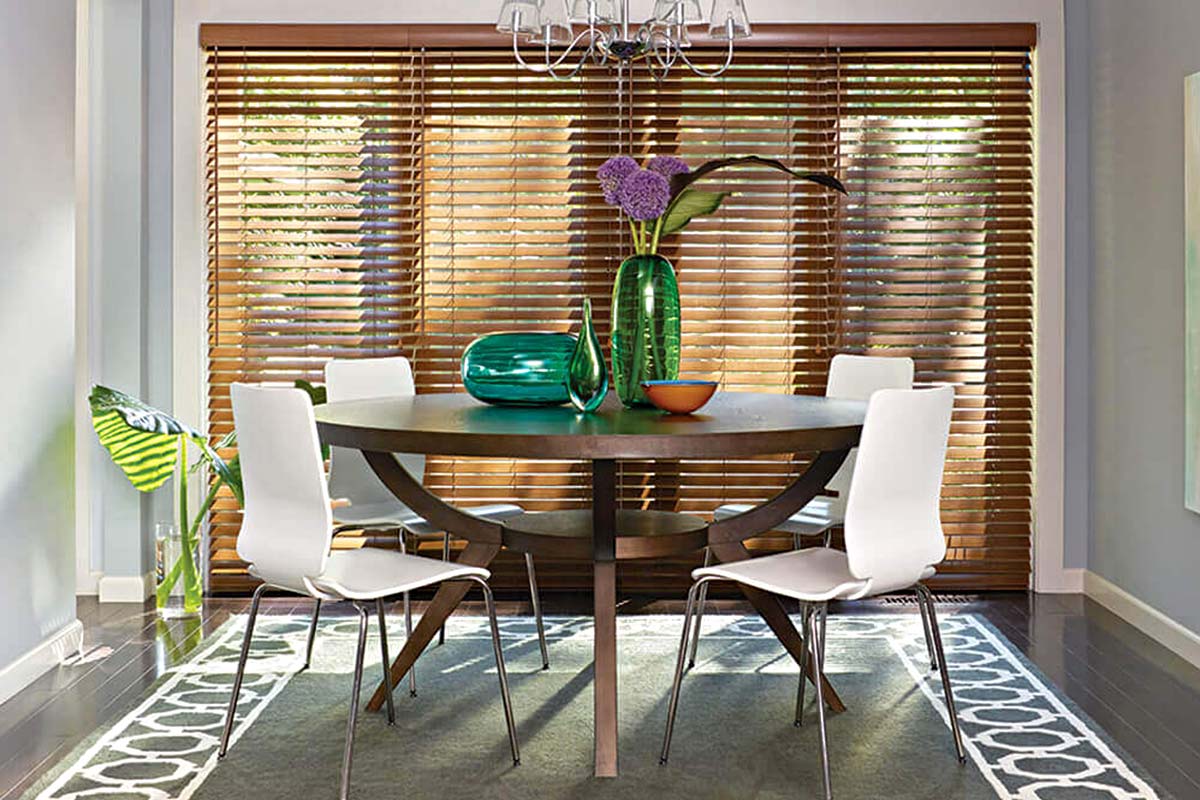
Windows West
West Valley City, Utah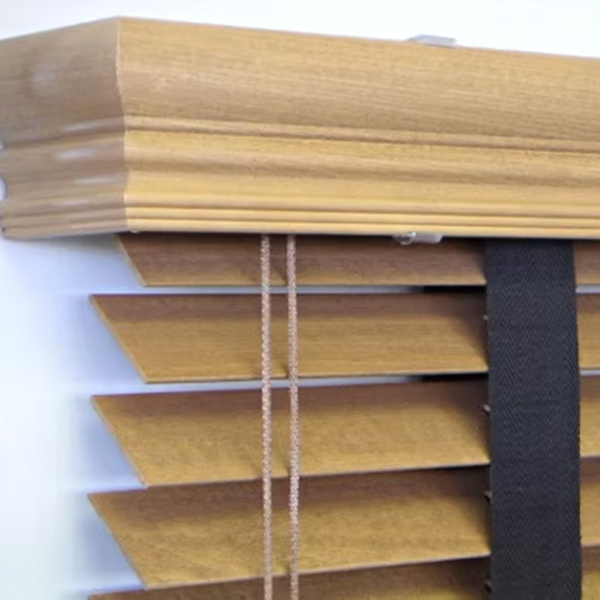
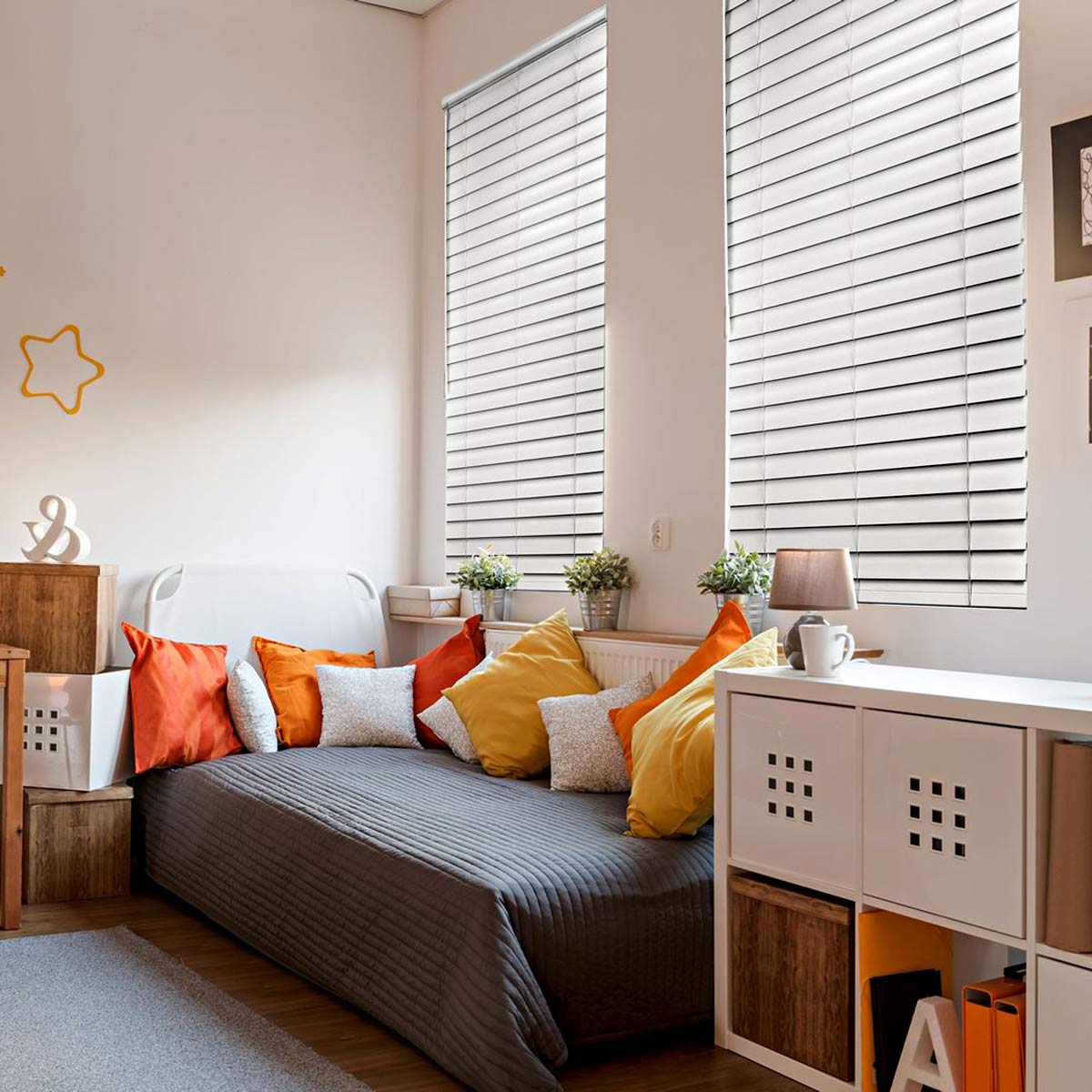
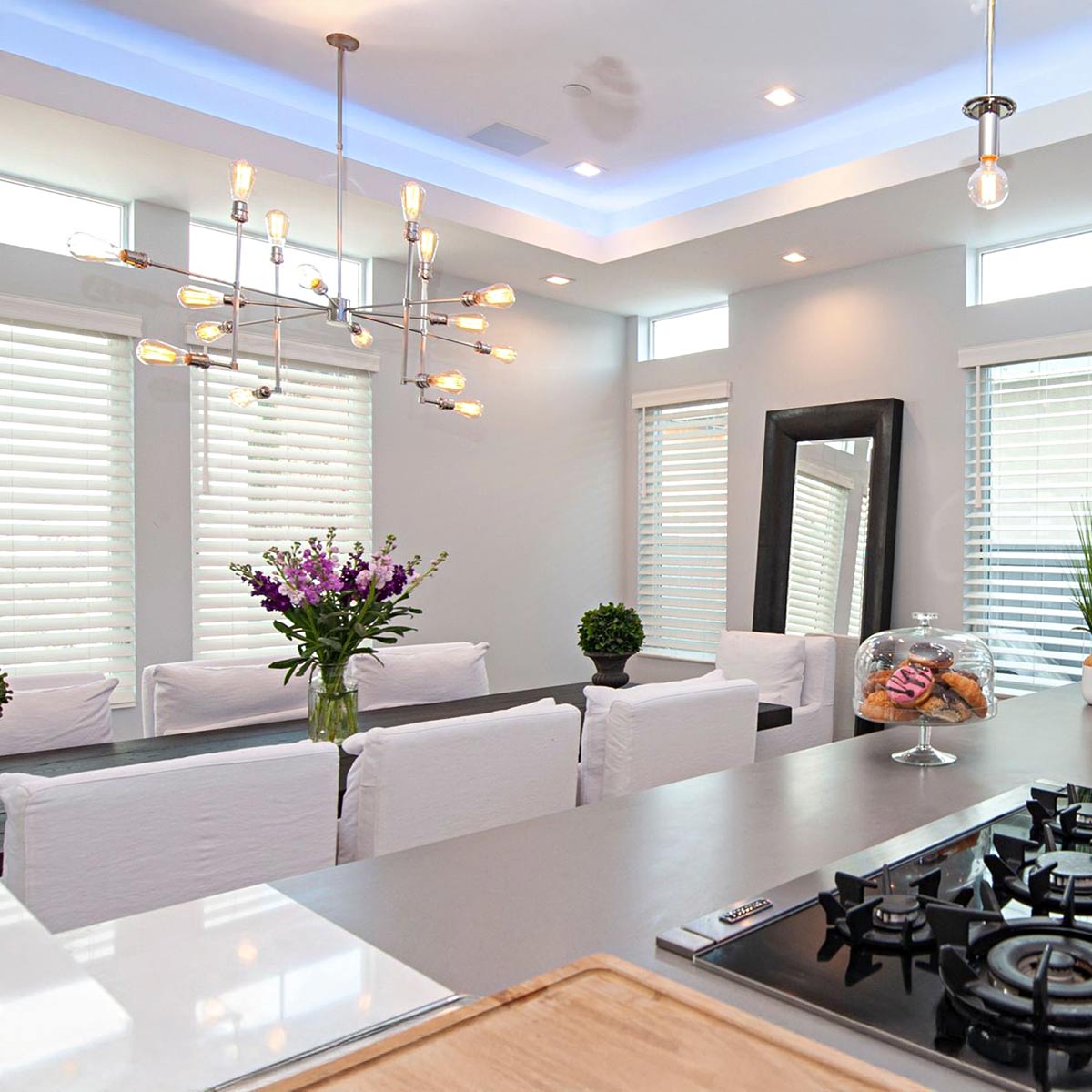
Mini Blinds
Blinds Chalet
Mesa, ArizonaBlinds Chalet creates a variety of aluminum mini blinds that can feature a cord, come cordless, or with a motorized feature. You can order free samples of their slats in gold, bronze, silver, steel blue, or transparent aluminum to test how the colors look in your design.
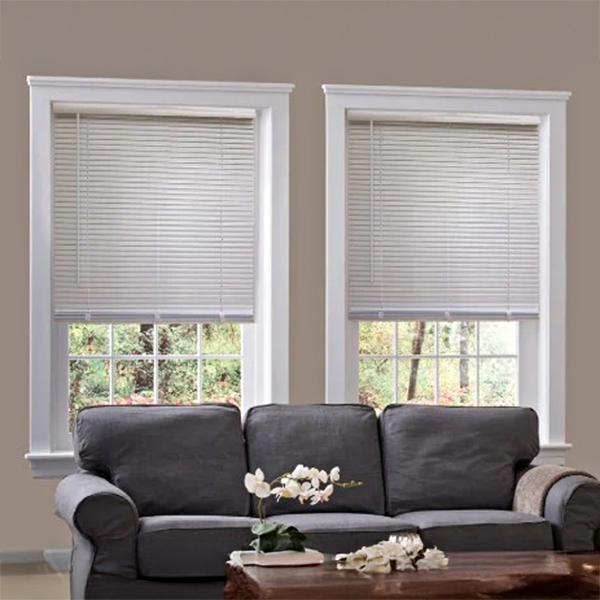
Vertical Blinds
Bali Blinds
Middleton, Wisconsin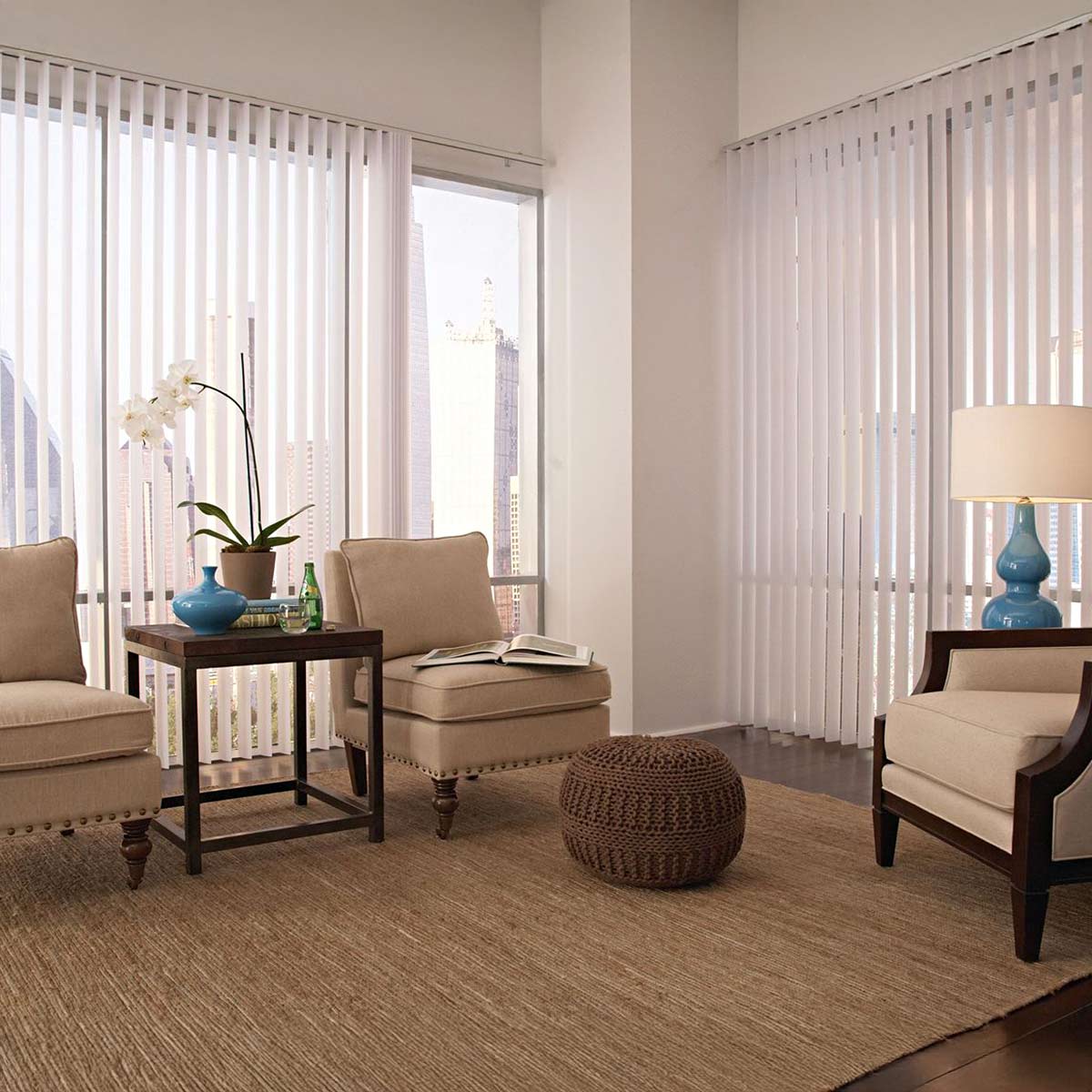
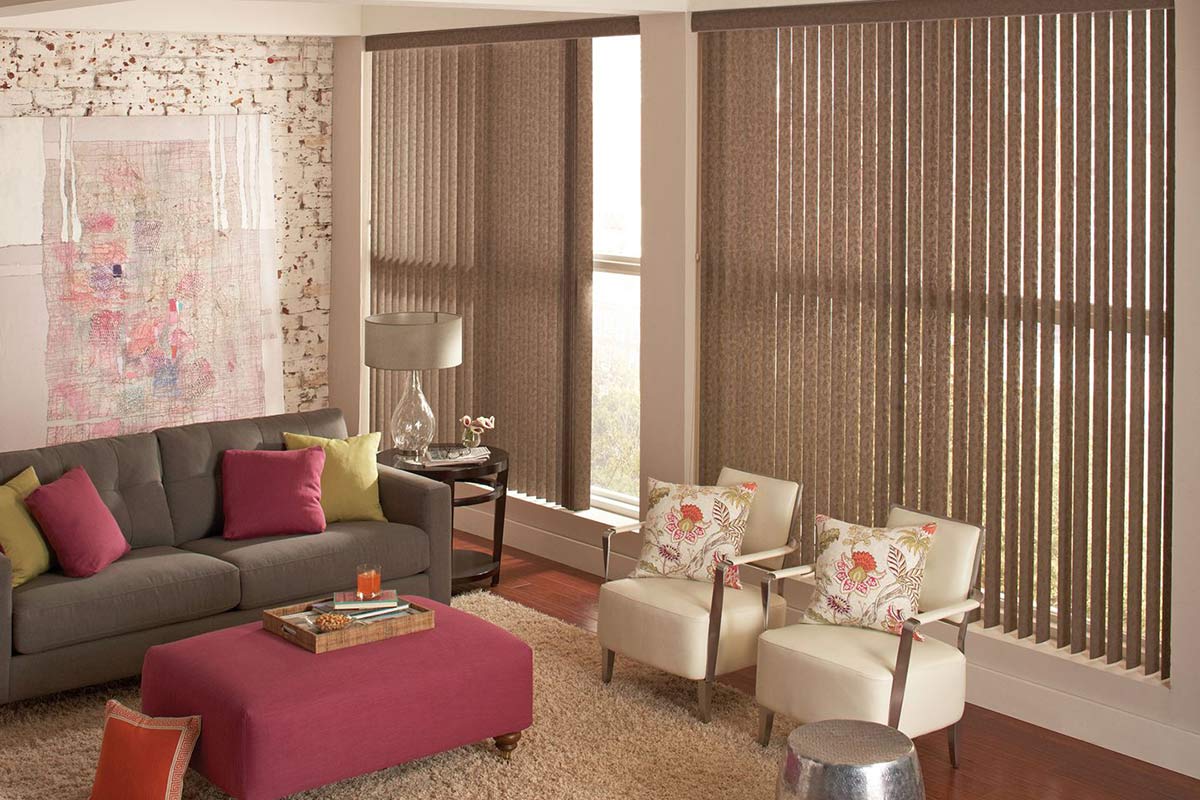
Cellular Shades
(Honeycomb)
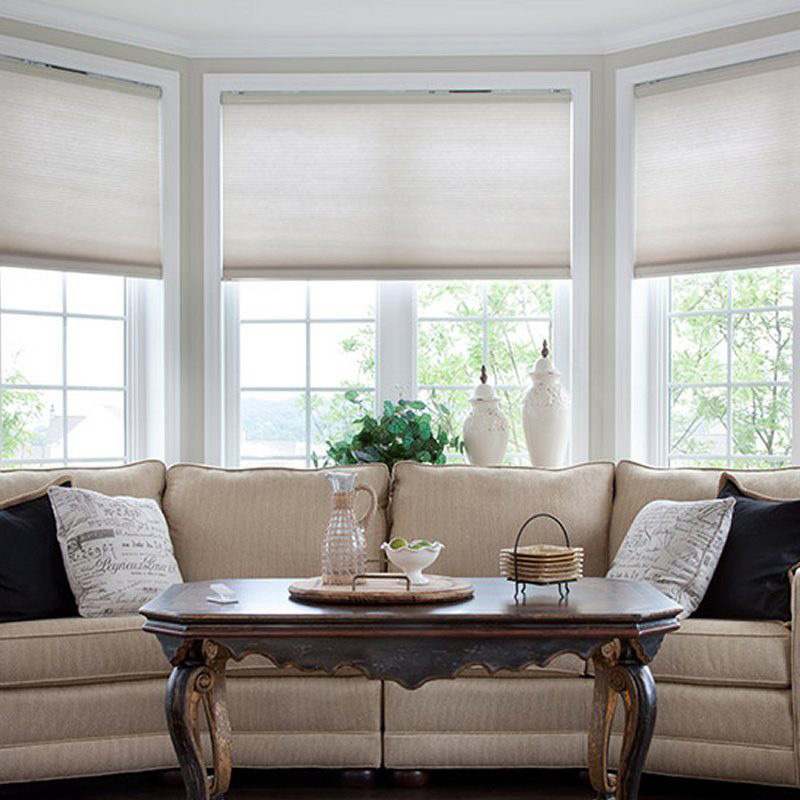
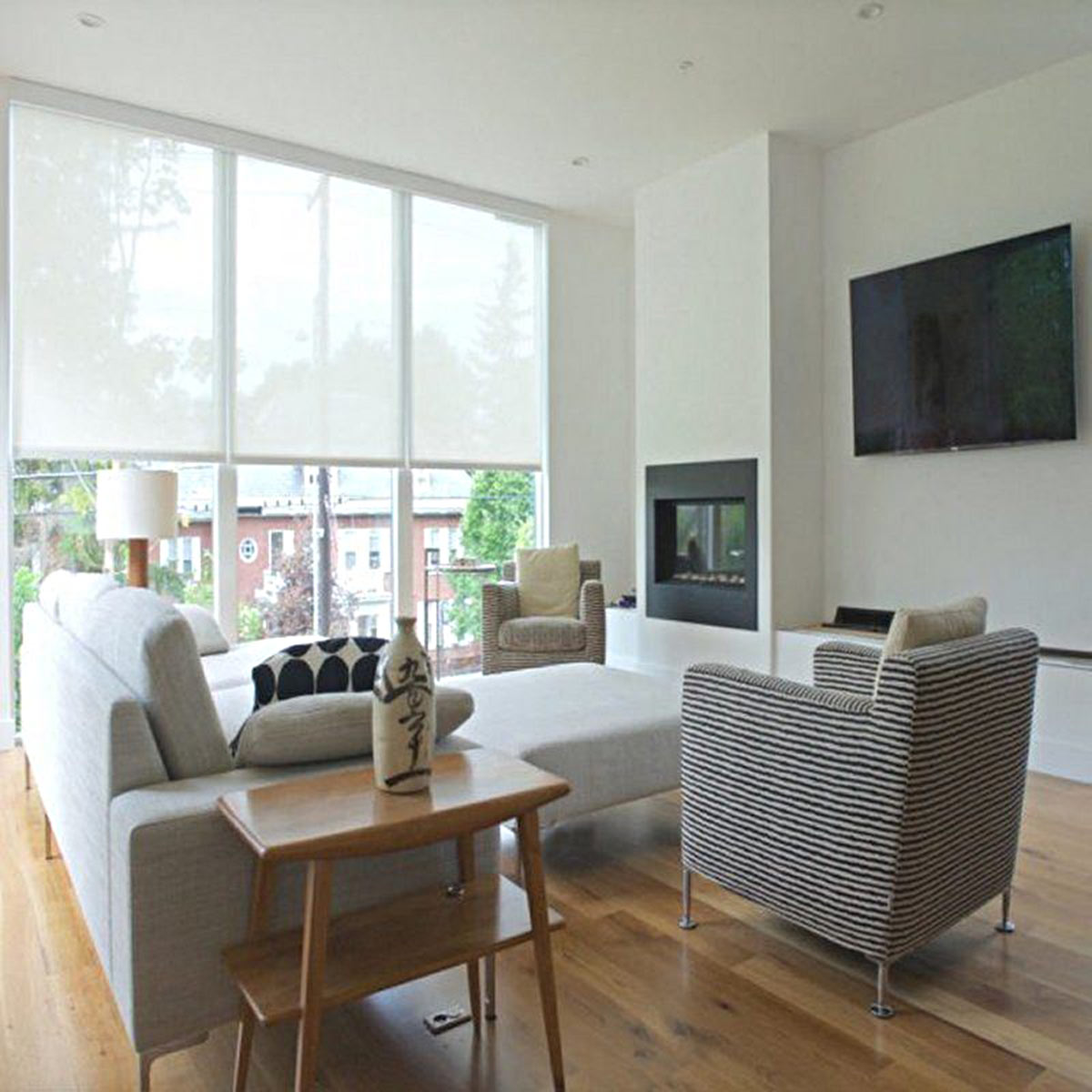
Featured Brand
EcoSmart Shades
Williston, Vermont
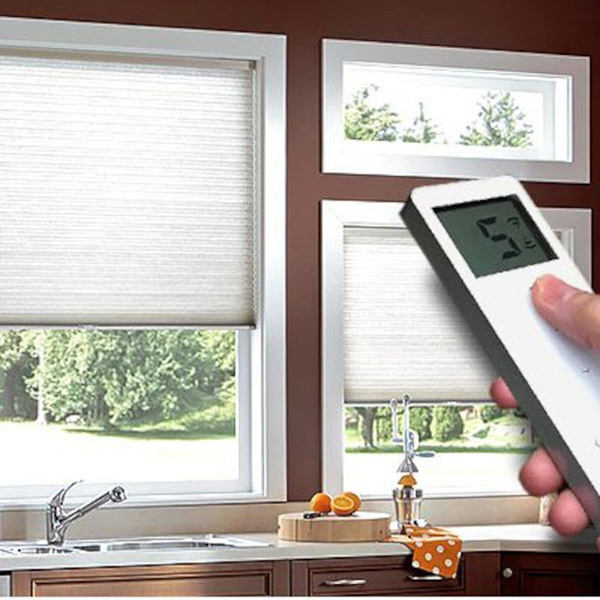
Roman Shades
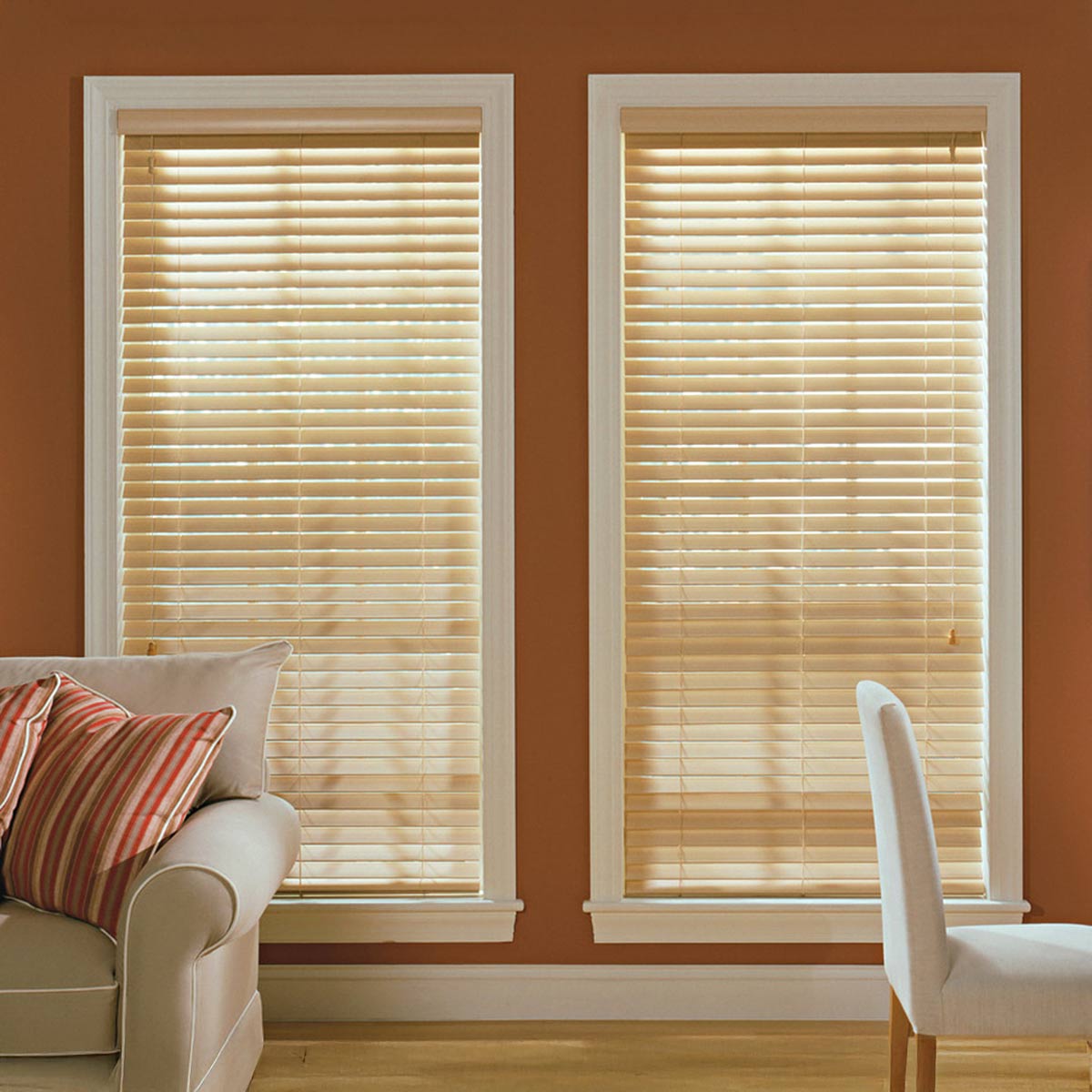
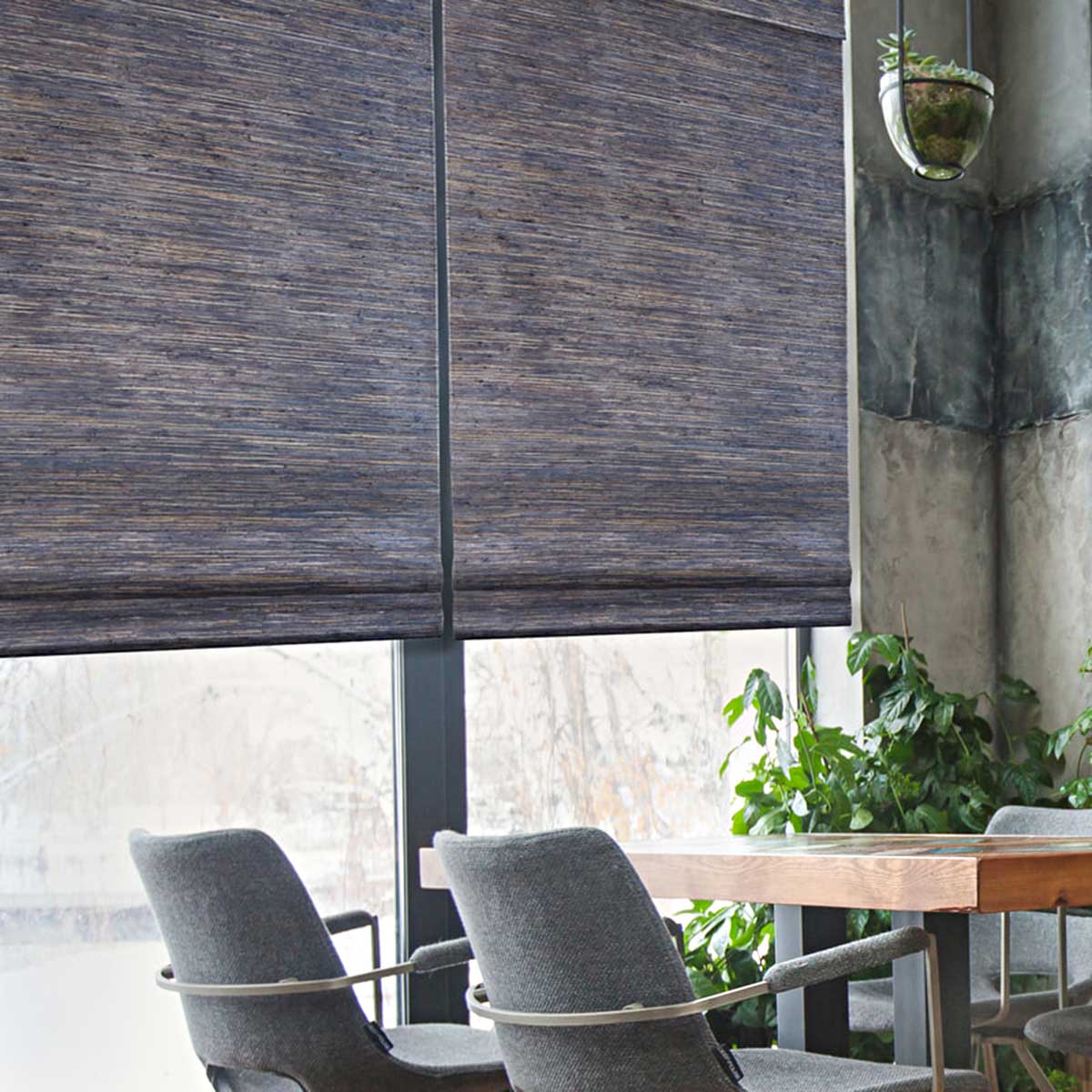
Oxford House
Fowler, Indiana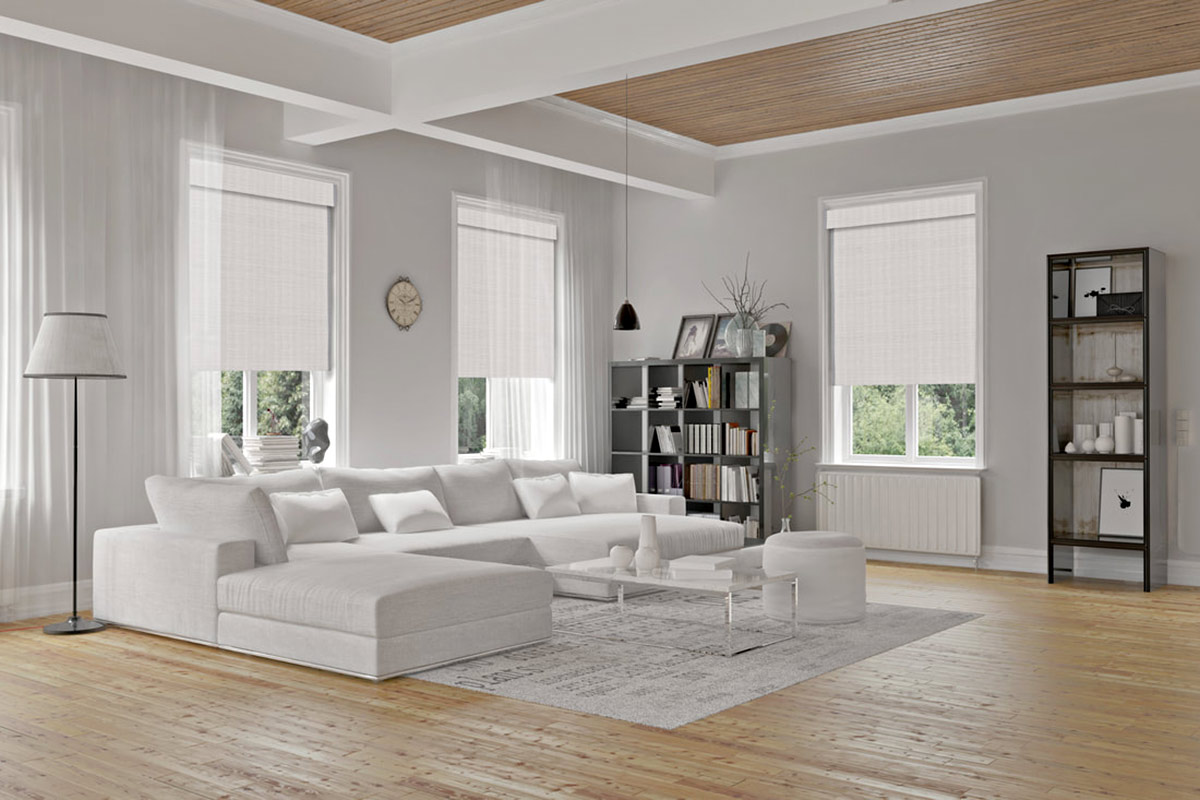
Dual Shades
Transitional or Zebra
Superior Blinds Mfg
Riverside, California
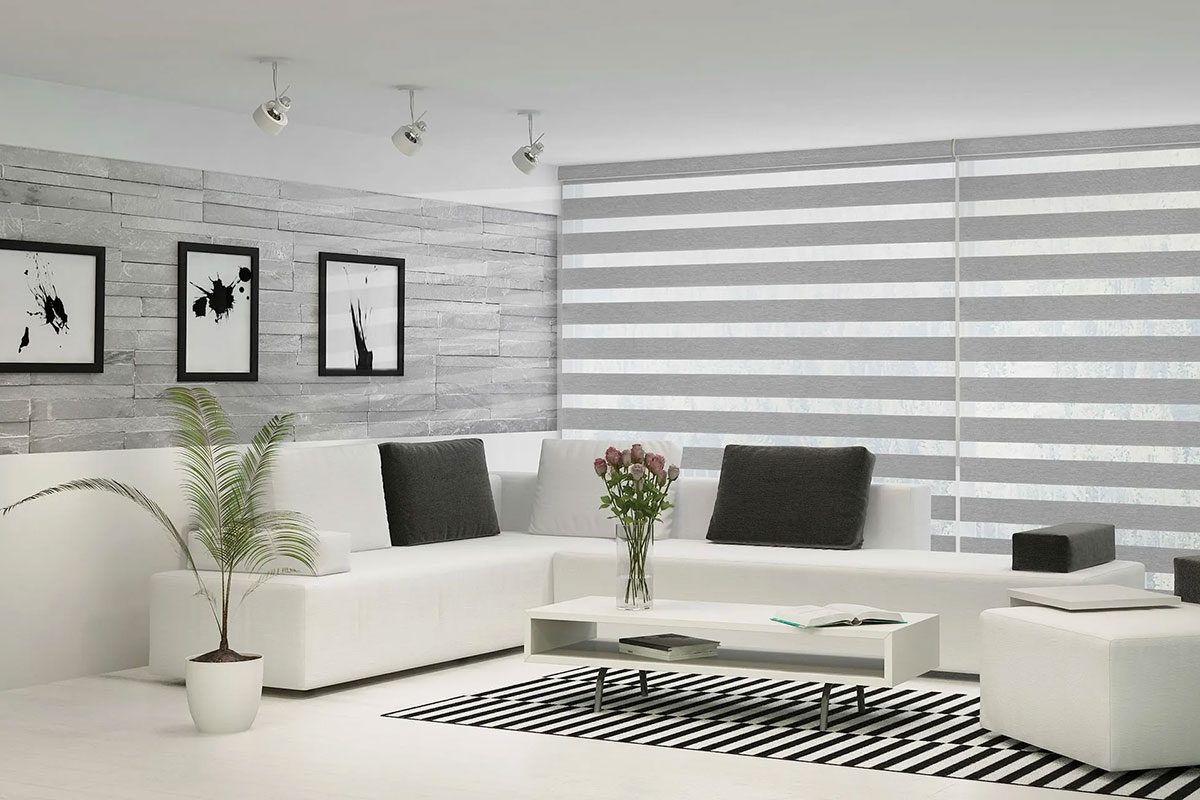
Roller and Double Roller Shades
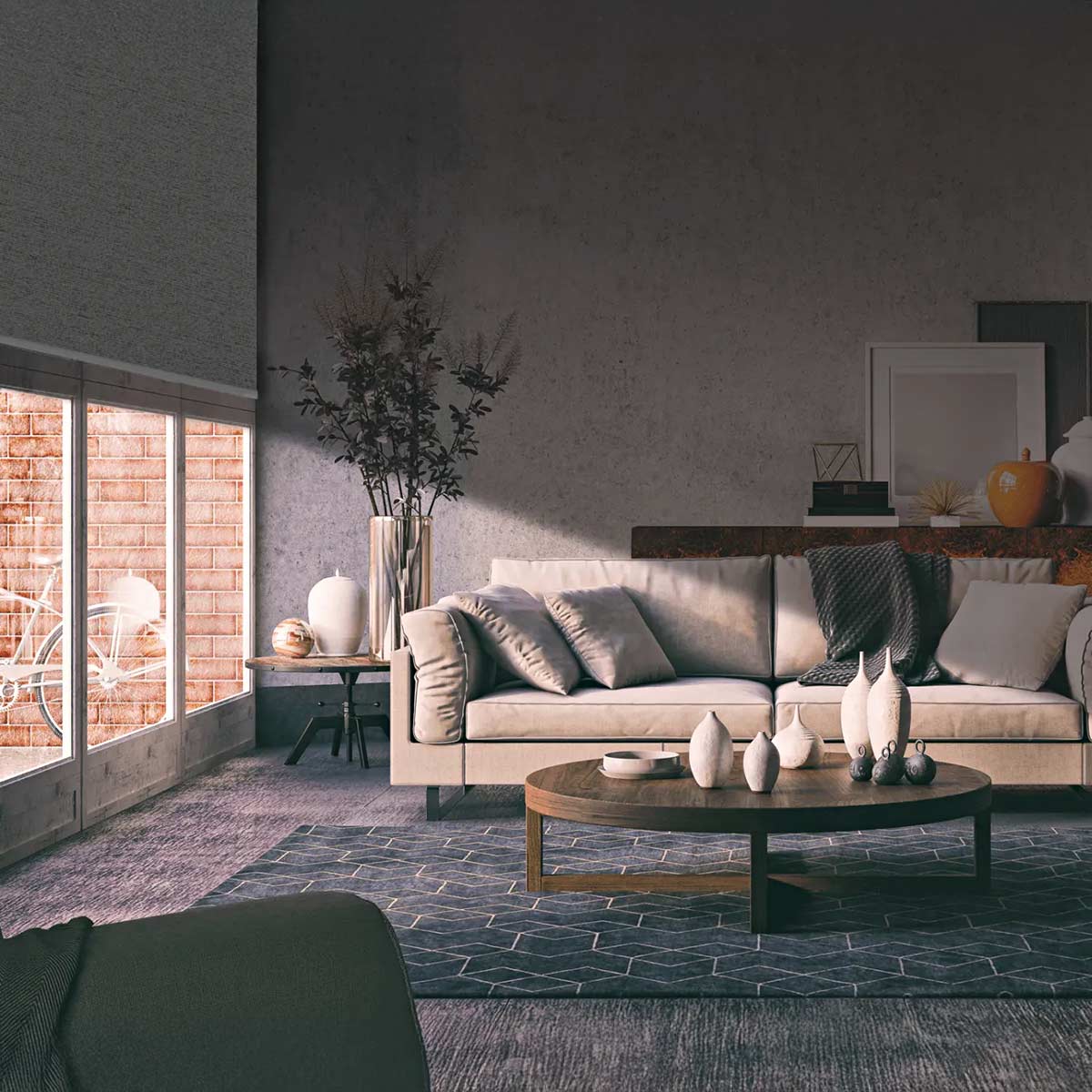
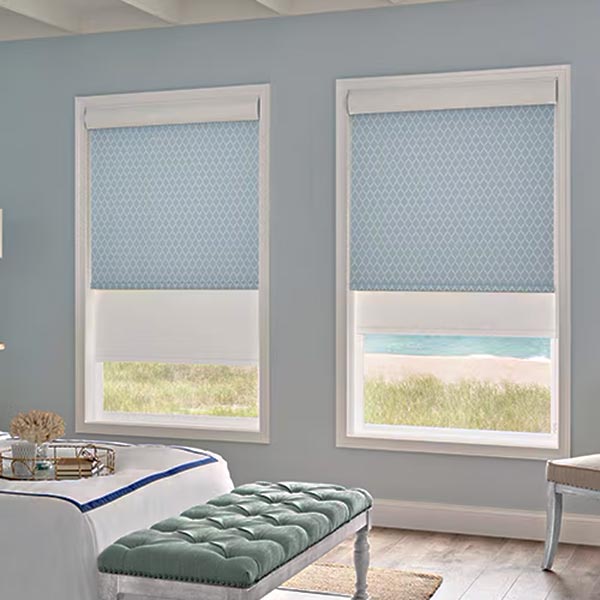
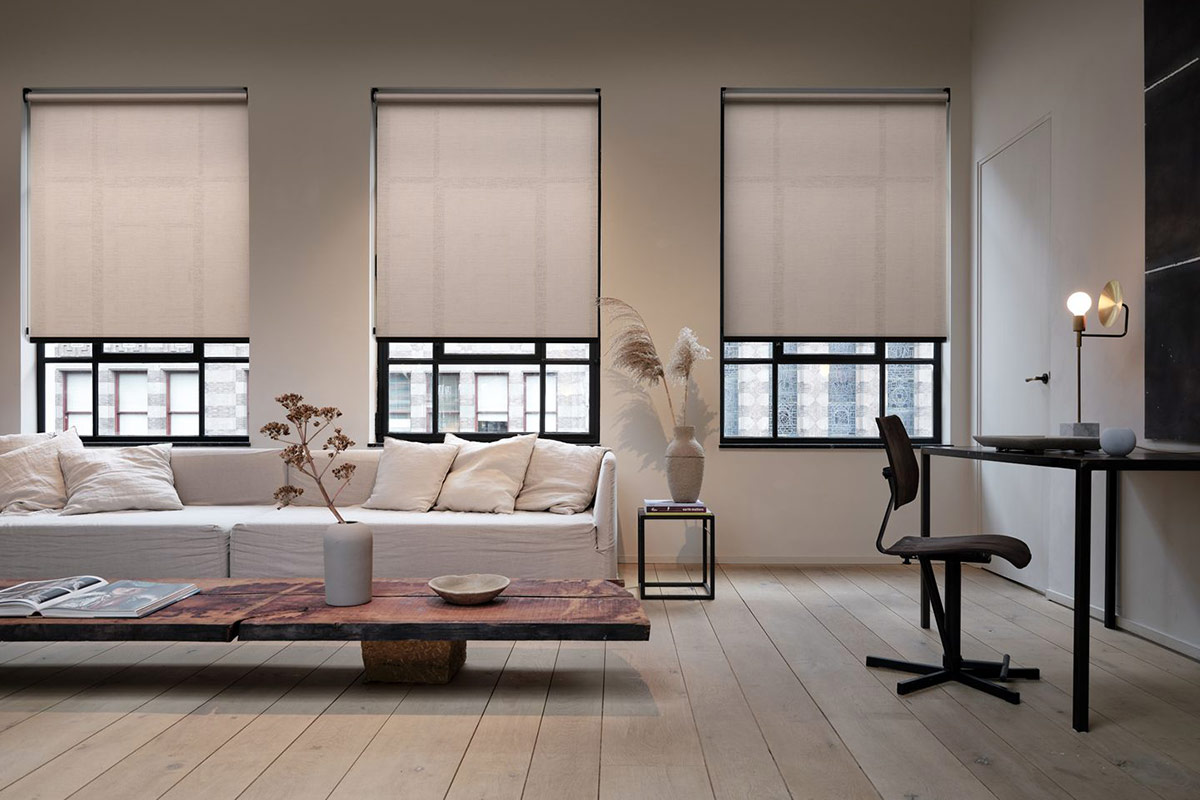
Source: Stoneside Blinds and Shades
Solar Shades
Stoneside Blinds and Drapes
Denver, Colorado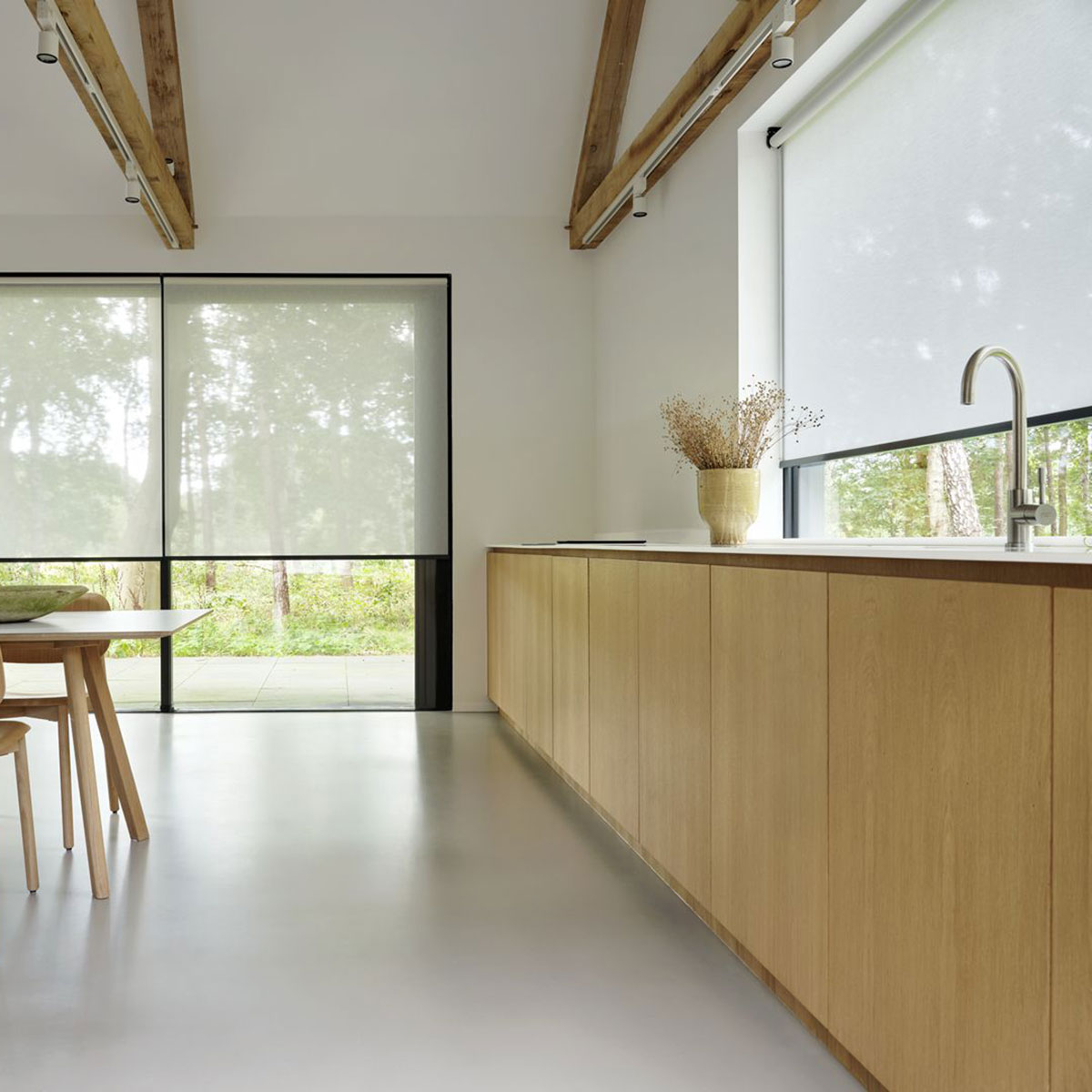
Source: Stoneside Blinds and Shades
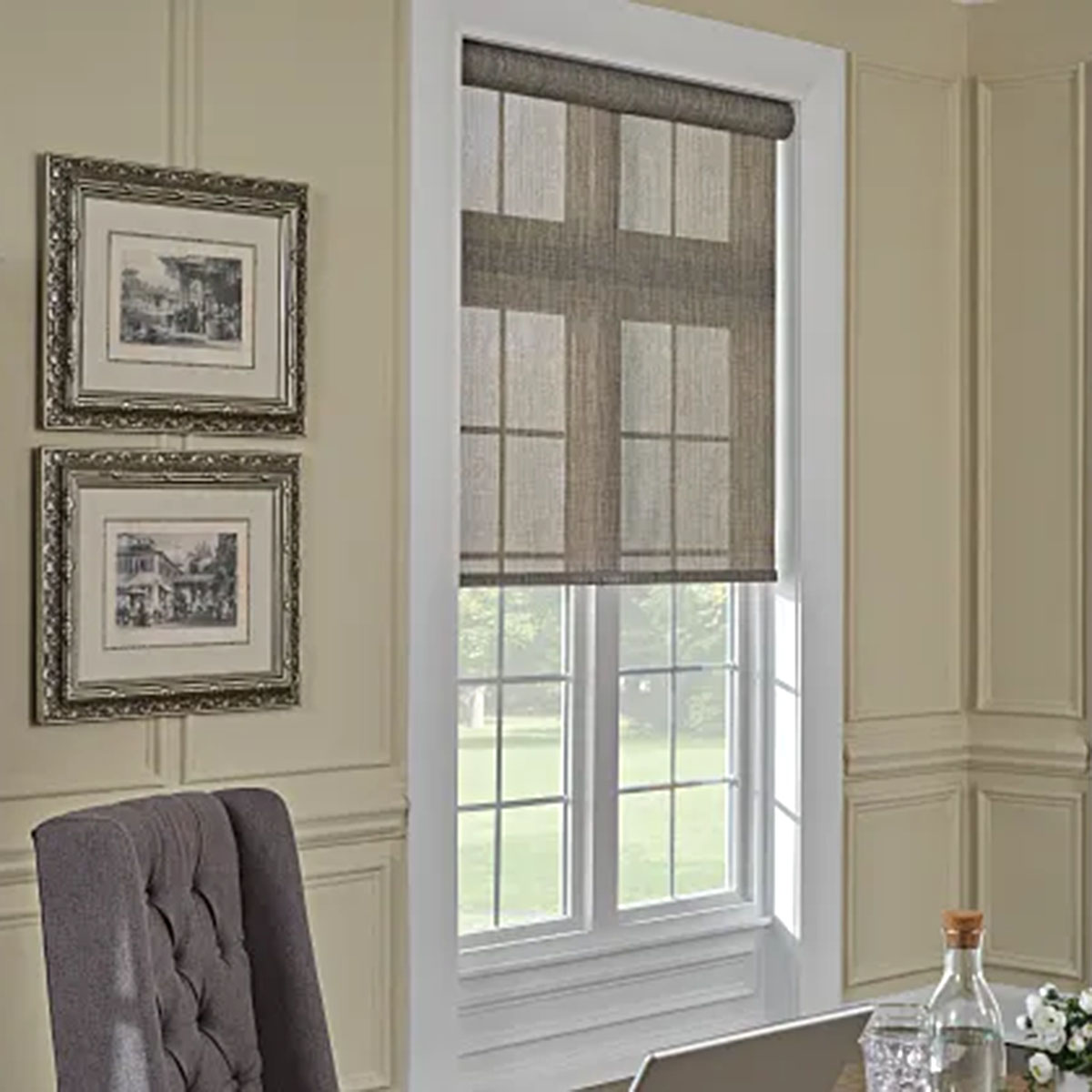
Window Blind and Shade Materials

Wood Blinds
Wood blinds are a great option for traditional or transitional homes, and those with a rustic, farmhouse, or Japandi flair. Popular types of wood include basswood, oak, maple, bamboo, and abachi. Hardwoods hold up better under their own weight without warping.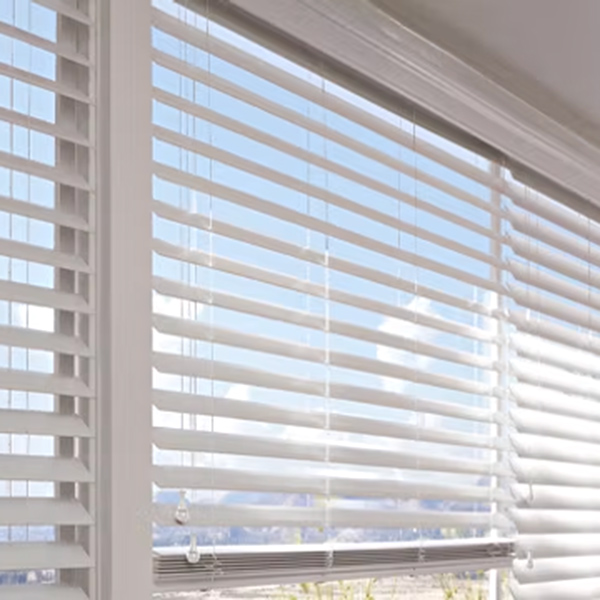
Faux Wood Blinds
Faux wood is a great option if you’d like to save a bit in your budget, and fit with almost any interior. Faux wood blinds can be made from PVC, Composite, Vinyl, or HDP (High Density Polyurethane).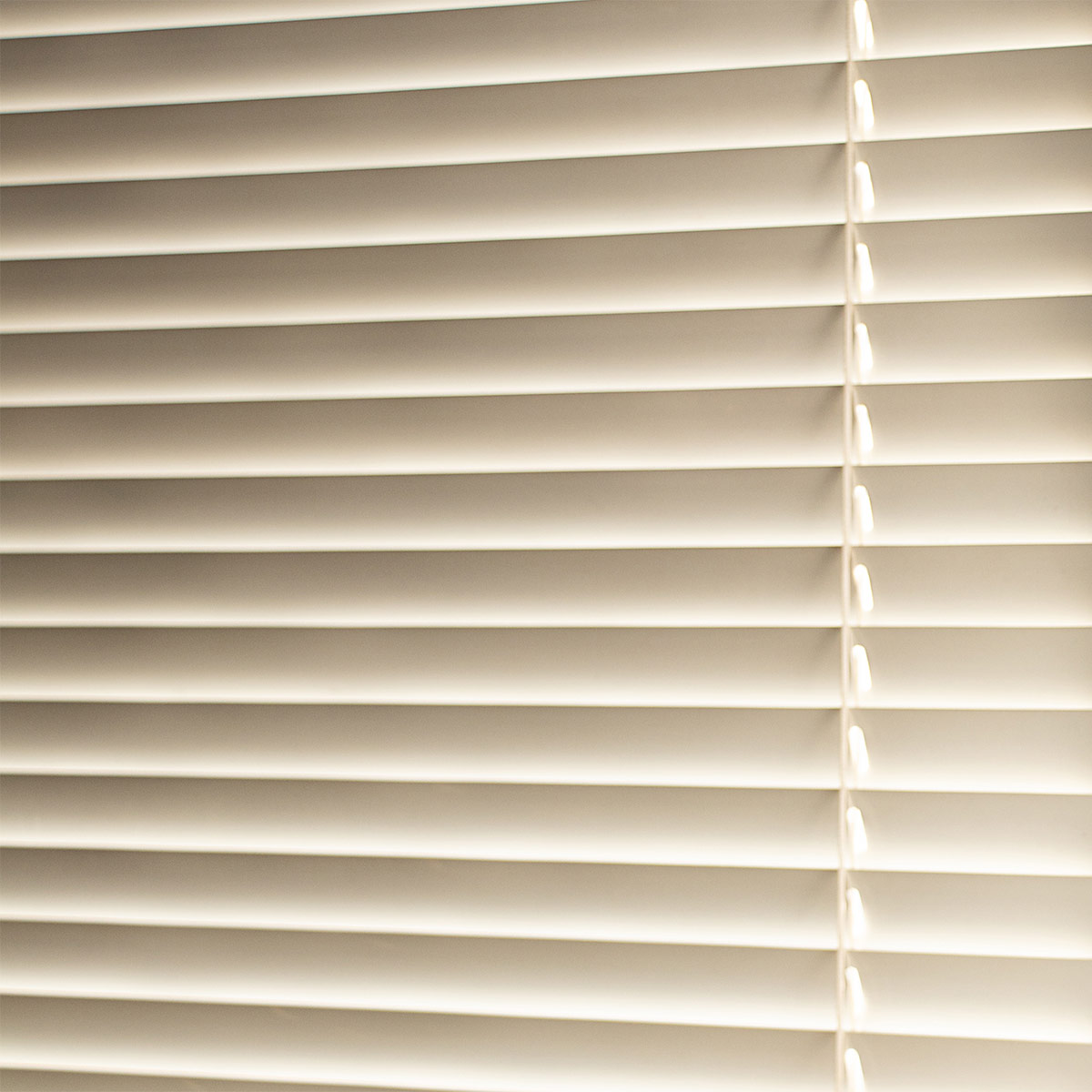
Plastic Blinds
Plastic blinds such as PVC or Vinyl are popular for their affordability and accessibility.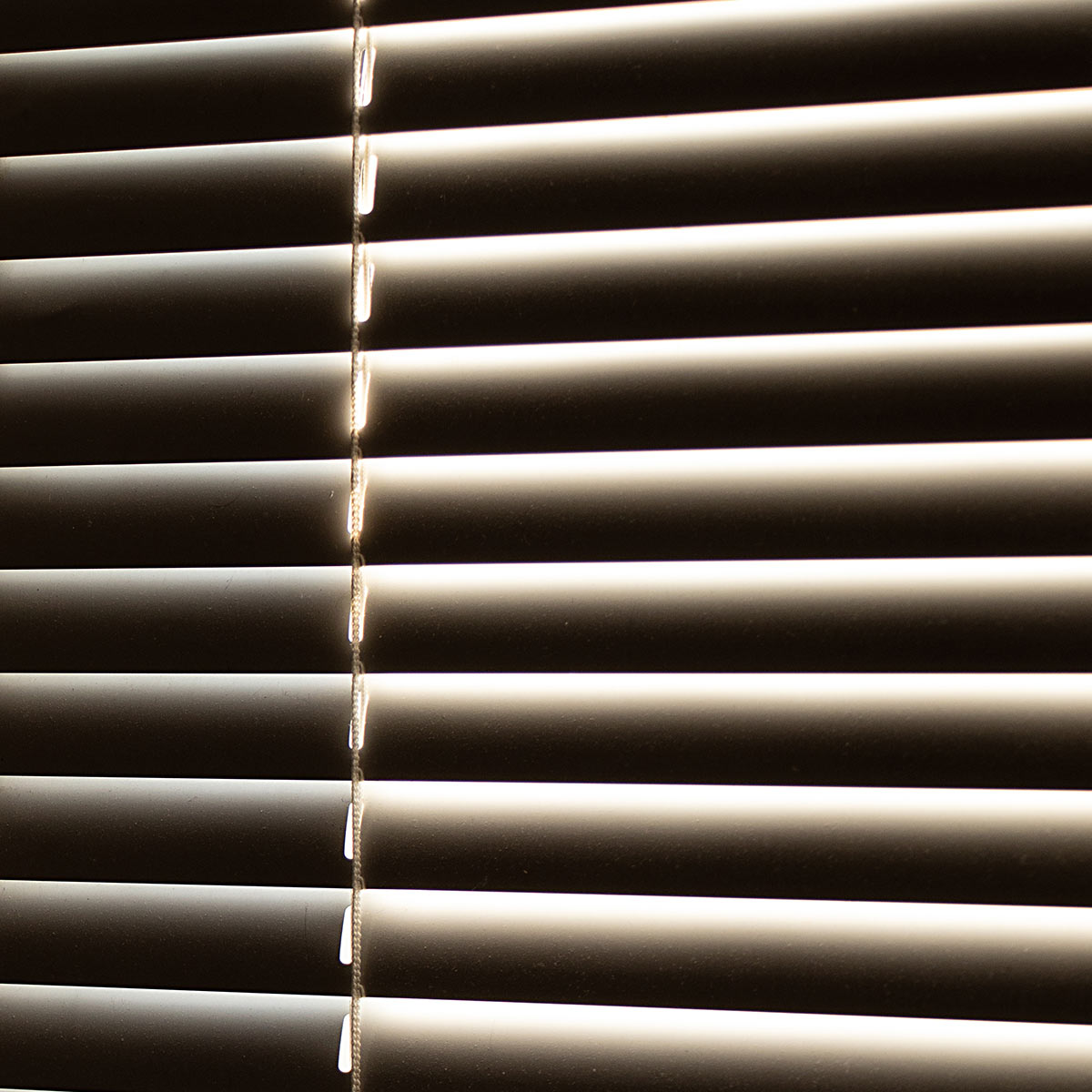
Metal Blinds
Blinds can also be made from metal, particularly aluminum, and will set off a modern interior sharply. Though you may wish to avoid this option in hot climates where the metal can become hot and warp in the sun.
Woven Wood Blinds and Shades
Woven woods add a rustic authenticity to any space with rich materials such as bamboo, reeds, and grasses. Consider pairing woven wood blinds with a southwest or Mediterranean styled interior.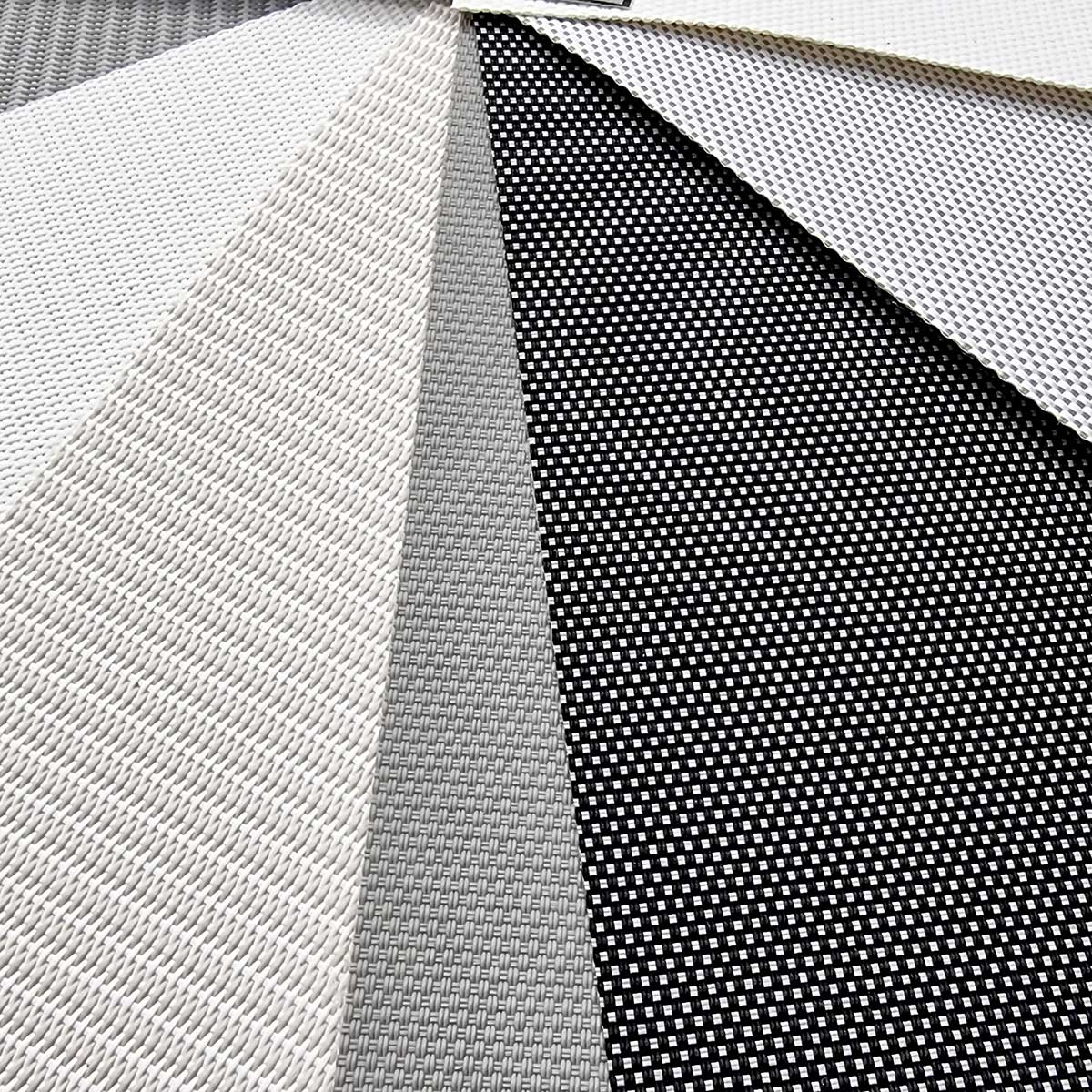
Fabric Blinds and Shades
Fabrics are incredibly versatile and can fit with almost any interior design style. Natural fabrics like linen and cotton can match well with boho or transitional interiors, while thicker fabrics like wool or brocade can set off a traditional interior.Window Blind and Shade Hardware
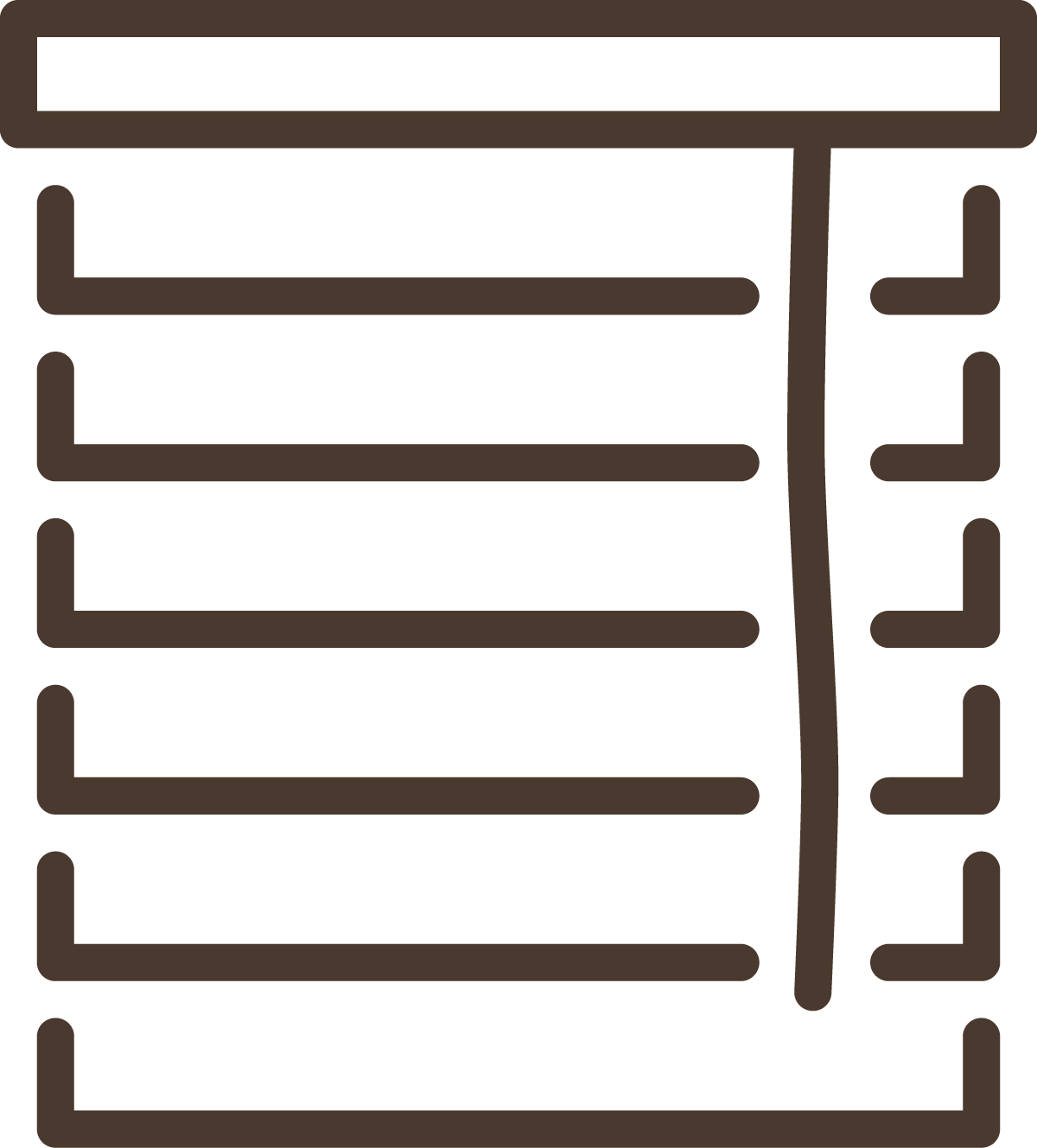
Corded (Standard Corded or Continuous Cord Loop)
Traditional corded options are now equipped with safer, tensioned devices to comply with federal standards. Continuous cord loops provide smoother operation for large or heavy blinds.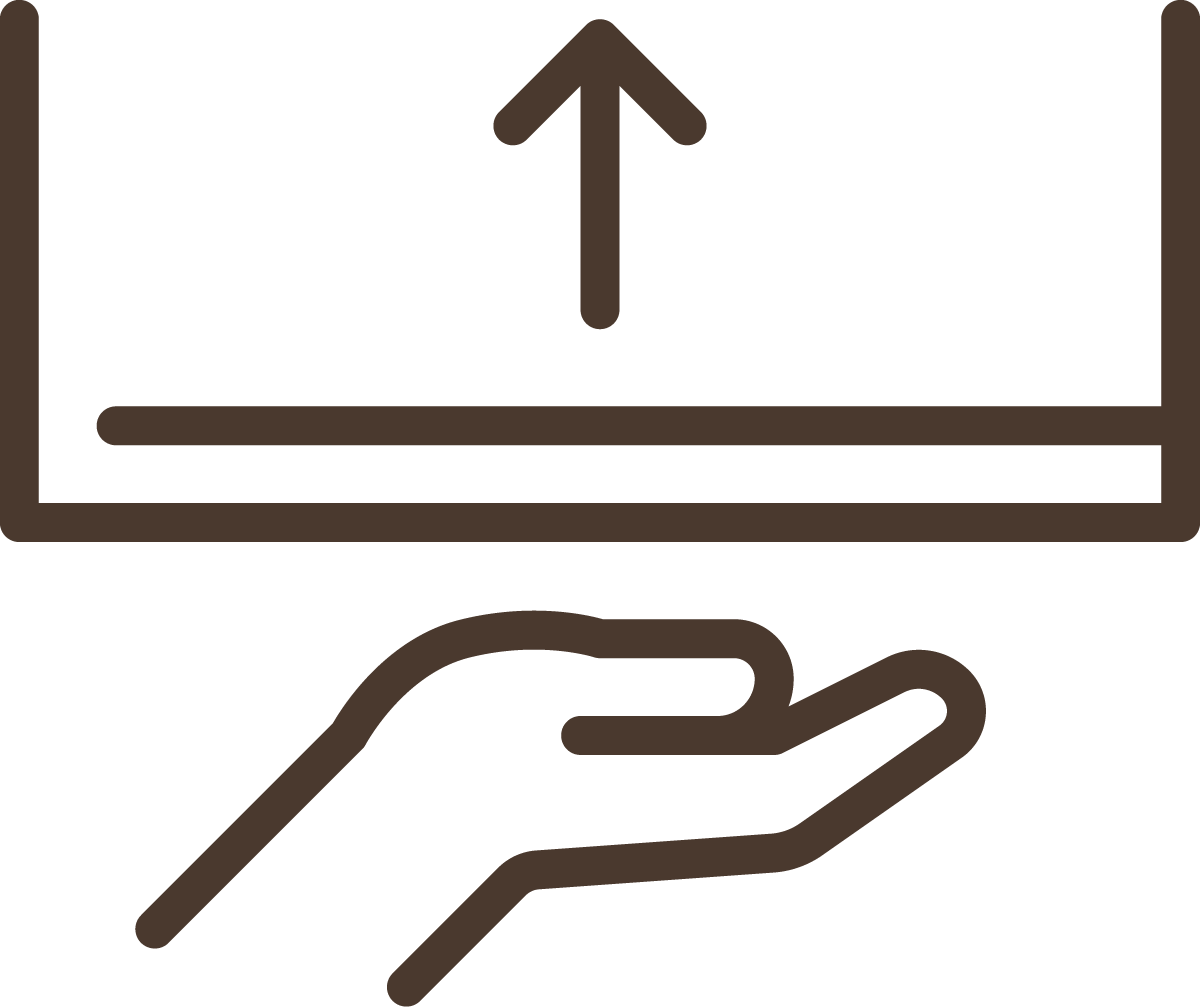
Cordless
Cordless blinds are a sleek, modern option that improve safety while maintaining a clean appearance. They operate by gently pushing or pulling the bottom rail. Keep in mind that if windows are high, your client may need a step stool or extension tool.
Motorized
The ultimate in convenience, motorized blinds allow you to control light and privacy with the touch of a button or through a smart home system. Ideal for large homes or hard-to-reach windows, they’re a popular choice for modern and luxury interiors.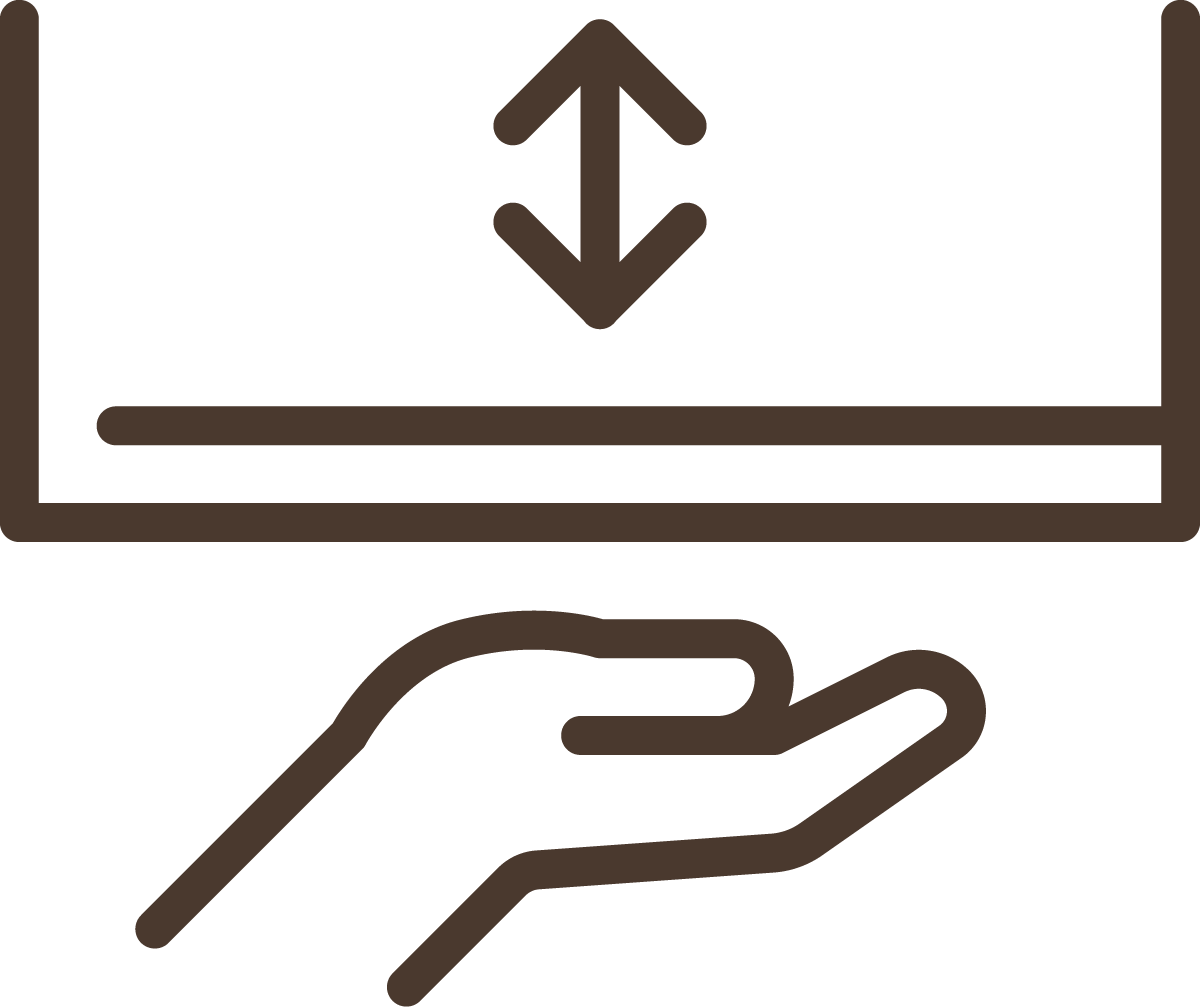
Top-Down, Bottom-Up
Blinds with this feature offer the flexibility to open from either the top or bottom, allowing for customized light control. This makes them perfect for spaces like kitchens or studios, where light levels may need frequent adjustment throughout the day.
Vertical Tracks
Commonly used with vertical blinds or panel track blinds, vertical tracks are ideal for large windows or sliding glass doors. They offer smooth operation and easy customization for wide openings.
